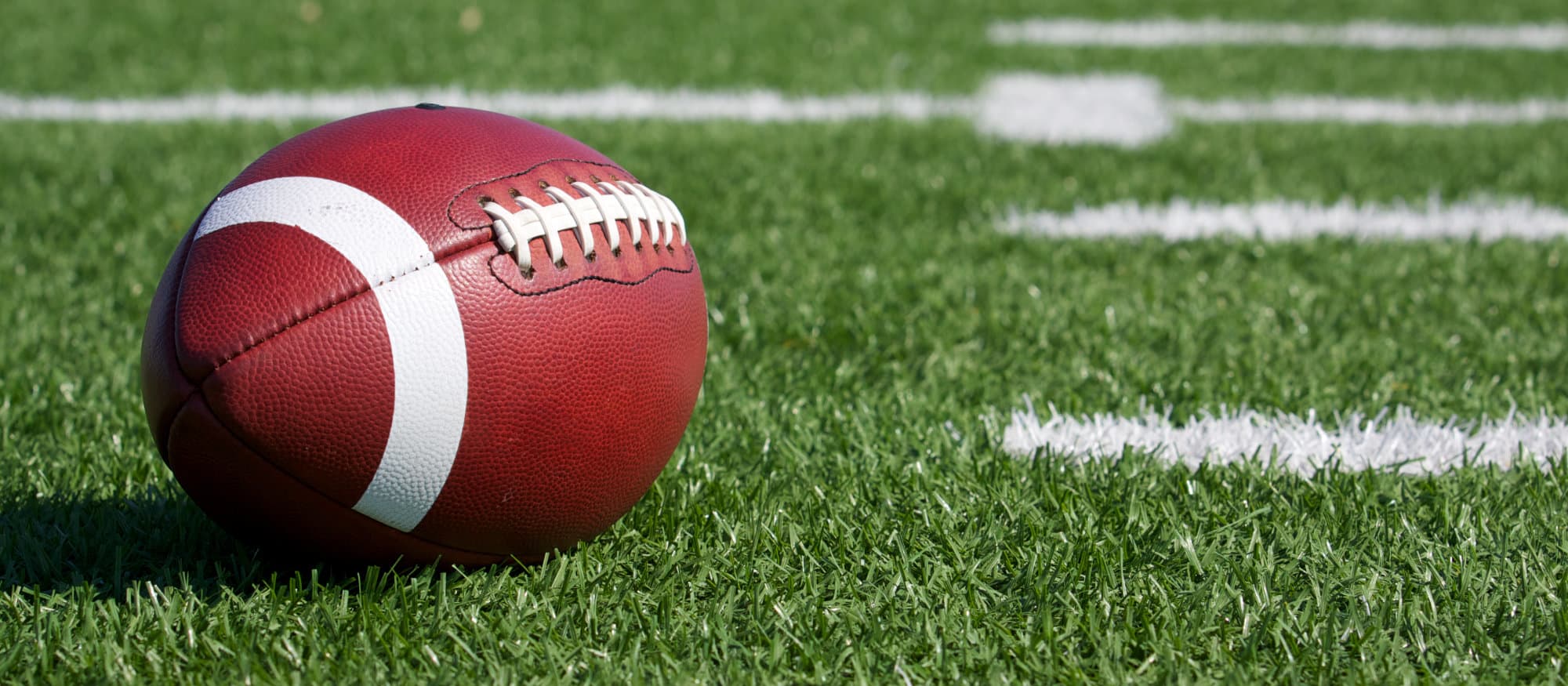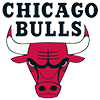Condition Critical
By Stephania Bell, PT, MS, OCS, CSCS
Orthopedic Clinical Specialist
Certified Strength and Conditioning Specialist
RotoWire Injury Expert
RotoWire Injury Page
Looking Over Your Shoulder
The Chiefs' Larry Johnson got his head and neck corkscrewed when Antrel Rolle grabbed his facemask at the end of a 78-yard pass play on Sunday. Johnson lay motionless on the ground for a few moments (probably taking an inventory of the sensation in all four of his limbs) but eventually got up and left the field under his own power. This type of injury is frightening and unnecessary - and it is a perfect example of why there are such stiff penalties for intentional facemasks. When it comes to protecting the head, a safe helmet is a snug helmet. Consequently, when the helmet moves, the head goes with it. Unlike owls, however, human beings do not have necks that are able to turn 180 degrees. Johnson's head was first forced into extreme right rotation; with most facemask penalties, this is where the offending player releases his grip and the head snaps back to center. What made Johnson's injury even more dangerous is that Rolle ended up behind him, forcing Johnson's neck into hyperextension on top of extreme rotation. This position represents the neck's end range of motion, and perhaps beyond, resulting in compression of the joints of the spine with the added potential of pinching spinal nerves in the area. Add in that Johnson's body was moving forward, and you have forces significant enough to fracture or dislocate a cervical (neck) vertebra. Fortunately for Johnson, his injury was apparently limited to the soft tissue (lots of strained muscles and sprained ligaments but no broken bones). Although this translates into pain, inflammation and stiffness, these are far less serious consequences than what might have been. Amazingly, Johnson is probable to play this week, but he'll be sore, and depending on the amount of stiffness, he could have trouble scanning coverages horizontally or turning back to the ball in passing situations. He'll also face a tough Steelers run defense, and any limitation in his mobility could hamper his effectiveness.
Stingin' and Bell Ringin'
Monday Night Football viewers had a unique opportunity to hear a player describe his injury to the medical staff on the sideline when Broncos' safety John Lynch was miked up for the game. Lynch suffered a stinger when he collided with a Ravens lineman. Lynch was hit on the right side of his helmet, and his neck was forced into left sidebending (left ear towards left shoulder) and extension (backward bending). As soon as Lynch hit the ground you could see him bring his hand to his head, clearly in pain. Simply by observing the play, one could suspect a stinger (electric shock or tingling sensations through the upper extremity), since rapid compression of the spine towards the shoulder is a typical mechanism for producing that injury. When Lynch went to the sideline, and the medical staff asked him to describe what happened, he was able to recount for them how he got hit in the right side of his head and then indicated that he had a stinger down his left arm into his thumb. The medical staff could be seen palpating directly over the back of his neck and inquiring about soreness there, which Lynch denied. You may recall that Lynch had neck surgery in 2004 subsequent to a stinger suffered during the prior season, so an immediate concern would be whether that area was affected. Lynch's prior injury involved the right side however, and he denied any right-sided symptoms on the sideline. Lynch has more reason to be cautious than the next guy given his football age and prior surgery history, but if his symptoms resolve quickly, and it sounds as if they will, we can expect to see him back on the field.
Speaking of stingers, wide receiver Roy Williams also suffered one, though from a different type of hit than Lynch took. Incidental helmet contact forced Williams' neck into hyperflexion or excessive forward bending (not extension like Lynch). Williams' neck muscles underwent extreme stretching which could be partially responsible for the upper back symptoms he was having. Stingers are analogous to concussions in that they vary widely - both in terms of how they're caused and what the symptoms are. A stinger consistently results in electric shock-like pain, typically radiating into one of the upper extremities, may give the "dead-arm" feeling and may result in numbness and/or weakness depending on the degree of nerve injury. Stingers can be caused by compression or stretching of the nerves (nerves don't much care for a rapid insult either way), due to a hit on the head, neck or shoulder. The severity can be hard to gauge initially because the predominant feature right away is pain. Like concussions, the amount of time it takes stinger symptoms to resolve is one indicator of severity, and this may be hard to predict. The most severe stingers may have side effects that never completely resolve (meaning some permanent nerve damage has occurred), but these are relatively rare. If pain is the only side effect, the stinger may resolve completely within a few days. Hence, the amazing rapid changes in status on the injury report for players like Williams, who went from an initial doubtful status early in the week to probable status by Thursday.
The Lions' Kevin Jones left the game late Sunday with a concussion. He is not even listed on this week's injury report, so it can't have been too serious. I'd be more concerned about how his teammates' injuries (namely his offensive line's). On the defensive side, Panthers linebacker Dan Morgan is out for the season after suffering his fifth (documented) concussion. The sheer number of Morgan's concussions and the proximity of time in which they've occurred do not bode well for his NFL future (see the Unlucky Seven). Morgan says he wants to return next year, but only time will tell. Keep in mind that this number of concussions was about where Wayne Chrebet and Steve Young made their NFL exits.
Other News of Note
Carolina's DeAngelo Williams left the game against the Browns with a right leg injury, now being called a high ankle sprain, after Ted Washington fell on him in a pile. One indicator that this was more severe than the garden variety sprain was that Williams needed help off the field, could only put minimal weight on the leg and was then carted to the locker room. Although Coach Fox is describing him as day-to-day (after being out this week), be forewarned that high ankle sprains take longer to heal, and are particularly tricky for skill positions requiring cutting and sharp deceleration (see the Unlucky Seven).
The Dolphins' Marty Booker left Sunday's game in the second quarter against the Patriots with an apparent shoulder injury and was sporting a sling on his left arm after the game. The injury is being reported in the Miami Herald as a strained ligament that will likely require several weeks of recovery. This description is a little confusing since a strain implies a muscle injury (sprain is a ligament injury), and the report indicates that it runs from his pectoral muscle to his shoulder. If indeed it is the pectoral muscle attachment that is involved, then it is a tendon, a very thick one actually. A strain here will result in weakness of the arm and shoulder, particularly when trying to bring the arm up and across the body, such as one might have to do when catching the ball.
The Cardinals' Larry Fitzgerald left last week's game with a strained hamstring. According to Coach Dennis Green, the injury "looked fairly serious," and after the MRI, it was reported that Fitzgerald could miss anywhere from 2-5 weeks. By mid-week however, Fitzgerald's improved gait and obvious decreased discomfort had everyone hopeful that the time-frame would be short. To his advantage in terms of healing, Fitzgerald is young and has never had a major injury before. These hamstrings can be pesky, but return to play is largely symptom dependent. It looks good now, but we won't know for sure until Fitzgerald starts testing his power and speed in practice.
Brian Westbrook's fluctuations in status are much like his fluctuating knee swelling - unpredictable and annoying. To be fair, there is not likely any trickery on the part of the Eagles going on here, it's just the nature of his injury. That he's practiced twice this week without ill effects is a good sign. It bears repeating - if he plays, he's likely to be effective, but we won't know for sure whether he'll play until the game actually starts.
Article first appeared 10/13/06

























